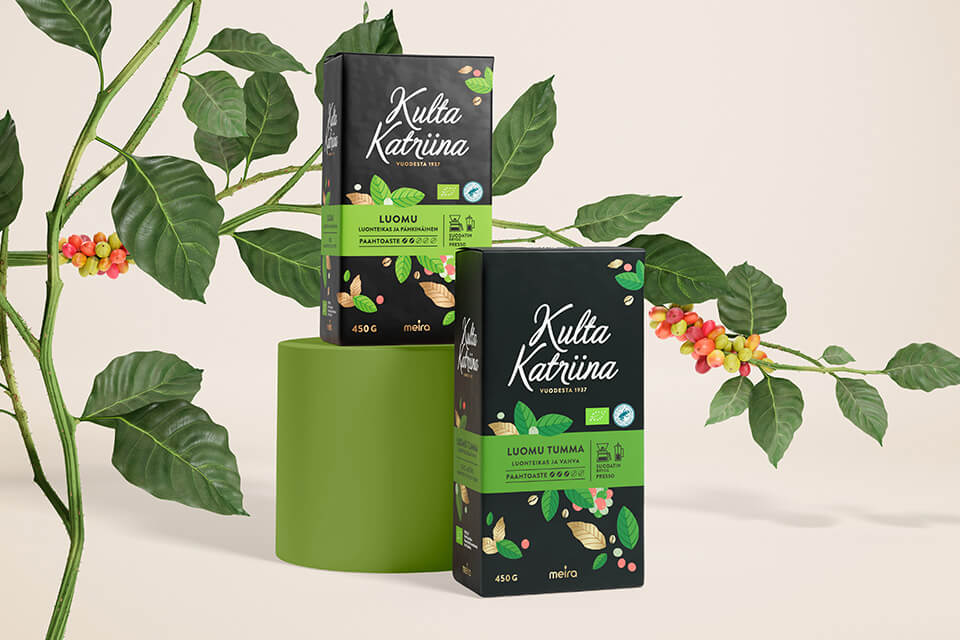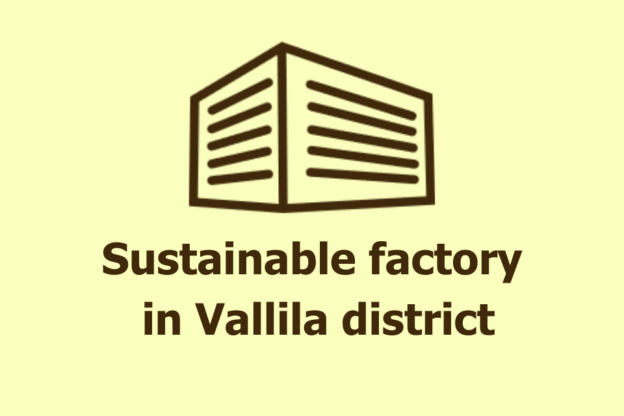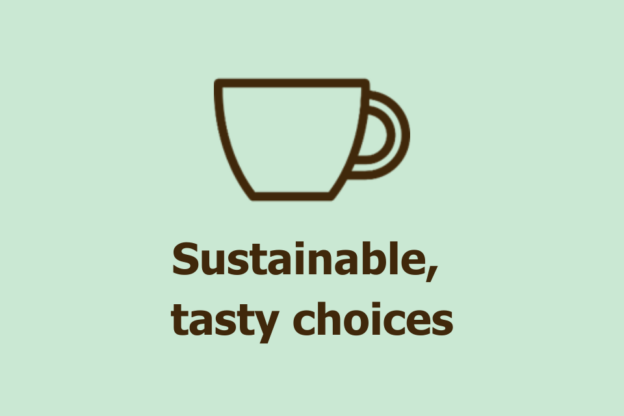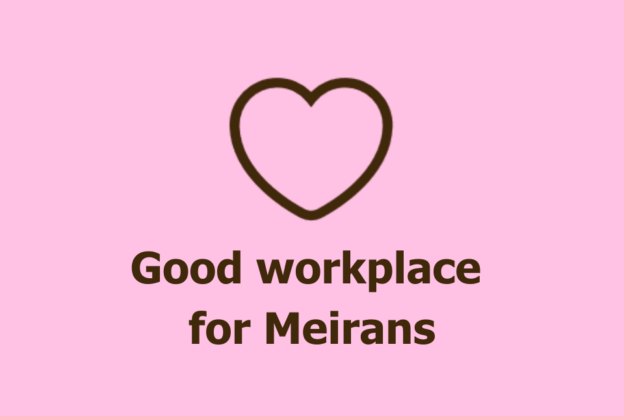Meira has fully determined the carbon footprint of its Kulta Katriina Organic coffee products (light and dark roast). The quality requirements for the life cycle assessment (LCA) of the coffee products were set according to the EN ISO 14044 standard. Greenhouse gas emissions and removals were calculated in accordance with the ISO 14067 standard. The assesment (summary) was conducted by the carbon footprint consulting firm Nordic Offset and underwent critical verification by a third party (Ecobio Oy). Read Ecobio’s report here (pdf).
 In accordance with the calculation methods, the carbon footprint of Kulta Katriina Organic coffees (light and dark) was determined per kilogram of coffee. The assessment considered the entire lifecycle of the coffee, from the planting of coffee bushes on farms in Honduras and Tanzania to coffee brewing in homes in Finland. According to the calculations, the carbon footprint of Kulta Katriina Organic coffee is 4.91 kg CO2e per kilogram for light roast and 4.93 kg CO2e per kilogram for dark roast. The slightly higher carbon footprint of dark roast is due to a 20% longer roasting time and the associated energy consumption.
In accordance with the calculation methods, the carbon footprint of Kulta Katriina Organic coffees (light and dark) was determined per kilogram of coffee. The assessment considered the entire lifecycle of the coffee, from the planting of coffee bushes on farms in Honduras and Tanzania to coffee brewing in homes in Finland. According to the calculations, the carbon footprint of Kulta Katriina Organic coffee is 4.91 kg CO2e per kilogram for light roast and 4.93 kg CO2e per kilogram for dark roast. The slightly higher carbon footprint of dark roast is due to a 20% longer roasting time and the associated energy consumption.
The average Finnish person consumes approximately 9-10 kg of coffee annually, so drinking exclusively Kulta Katriina Organic coffee would result in an annual coffee-related carbon footprint of about 50 kg CO2e. According to calculations by Sitra, the average annual carbon footprint of a Finnish person is approximately 9,610 kg CO2e, with beverages accounting for about 180 kg CO2e.*
The largest emissions occur in primary production, transportation, and consumer coffee brewing
A significant portion, about 43%, of the emissions from organic coffees comes from primary production, particularly fuel consumption in coffee cultivation and transportation, which is handled by diesel trucks. The beans for Kulta Katriina Organic coffees are primarily grown in Honduras, which produces 85-90% of the raw materials for the product range. The remainder is grown in Tanzania.
Emissions from Meira’s own operations account for about 10% of the total carbon footprint. The largest portion of these emissions arise from maritime transportation, which is used to bring the coffee to Finland, and from roasting the coffee at Meira’s factory, where natural gas is currently the main energy source.
The usage phase of Kulta Katriina coffee products also represents a significant part of the total carbon footprint, accounting for about 47%. Most emissions in this phase come from coffee brewing, which makes up as much as 36% of the carbon footprint per kilogram of coffee. Water consumption and items like filter papers have a minimal impact on the carbon footprint.
Meira reduces its emissions systematically and based on science
Meira’s sustainability work is driven by a genuine commitment to goodness. Meira aims to make good choices easy for consumers. The Kulta Katriina Organic product range meets organic standards and is 100% Rainforest Alliance certified. After the lifecycle assessment of the coffee family, Meira has ambitious targets for reducing the emissions of organic coffees, which align with the Paris Agreement’s 1.5-degree limit and the Science Based Targets initiative.
For the Vallila factory, Meira’s goal is to systematically transition away from the use of natural gas, with the goal of having all energy used in Vallila from renewable sources by 2030. Meira already uses entirely zero-emission electricity, and this year the energy used for producing organic coffees has been switched to renewable sources (biogas instead of natural gas, renewable district heating). The energy component in the carbon footprint of the products over their entire lifecycle is not significant (approximately reducing the carbon footprint by -2%), but it is an immediate measure that could be taken to reduce emissions.
“A significant portion of the Kulta Katriina product family’s emissions come from primary production. We are working systematically and determinedly to significantly reduce these emissions as well,” says Meira’s Sustainability Director, Heidi Päiväniemi.
Meira actively engages its value chain partners in climate work. The goal is for 90% of raw material and service suppliers to set science-based emission reduction targets by 2025.
“We are collectively searching for methods to reduce transportation emissions in Honduras, for example. The goal is to favor low-emission fuels wherever possible,” Päiväniemi notes.
Consumers can also participate in reducing the emissions of their favorite coffee. It’s recommended to brew only the amount of coffee that will be consumed and to turn off the coffee maker as soon as the coffee is ready. To preserve the flavour of the coffee, it’s better to keep it warm in a thermos rather than in the coffee maker. It’s also important to avoid coffee wastage.
“At Meira, we are continuously developing our operations to be more transparent, and in terms of coffee’s carbon footprint, every climate action matters. Our guiding principle at Meira is to combine the good for people with the good for the environment in our operations.”
Meira’s emission reduction targets
- Meira Oy commits to reducing its own operational emissions (scope 1 and 2) by 80% by 2028 compared to the baseline year of 2019.
- Meira Oy aims to reduce emissions from its production chain, including transportation, distribution, and production waste, by 50% over the same period (2028 vs. 2019).
- Meira Oy’s goal is for 90% of its raw material and service suppliers (calculated by emissions) to set science-based climate targets by 2025.
- Approximately 2% of Meira’s greenhouse gas emissions originates its own operations (scope 1 and 2), and 98% from the value chain (scope 3).
*Calculations of the average Finn’s carbon footprint by Sitra can be found here.
For further information:
Heidi Päiväniemi
Sustainability, Development & Communications Director
heidi.paivaniemi@meira.fi
puh. 040 743 7850




